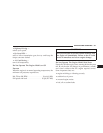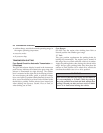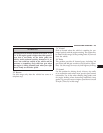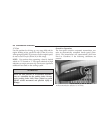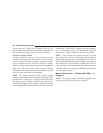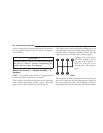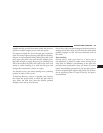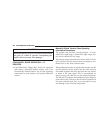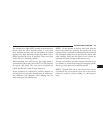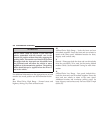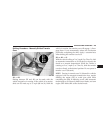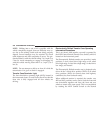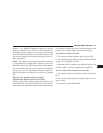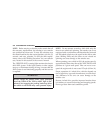
together and the overall close ratios enable the driver to
optimize available engine power with road speed.
For improved clutch life, all six forward gears should be
used. For steady highway driving with light acceleration,
6th gear is recommended. When shifting from 4th to 5th
gear, apply side effort away and forward without push-
ing hard enough to engage Reverse gear. Shifting from
5th to 6th requires the same side effort or the lever will
return to center resulting in a shift into 4th gear and
damage the transmission, clutch, or engine.
You should use low gear when starting from a standing
position if under a heavy load.
To shift into Reverse, come to a complete stop. Depress
the clutch and pause briefly to allow the gear train to
stop. Move the shift lever from the Neutral position
straight across and up into Reverse.
Never drive with your foot resting on the clutch pedal, or
attempt to hold the vehicle on a hill with the clutch pedal
partially engaged, as this will cause abnormal wear on
the clutch.
Downshifting
Moving from a high gear down to a lower gear is
recommended to preserve brakes when driving down
steep hills. In addition, downshifting at the right time
provides better acceleration when you desire to resume
speed. Downshifting progressively. Do not skip gears to
avoid overspeeding the engine and clutch. For accelera-
tion at speeds less than 15 mph (25 km/h), 2nd gear is
recommended.
STARTING AND OPERATING 225
5



